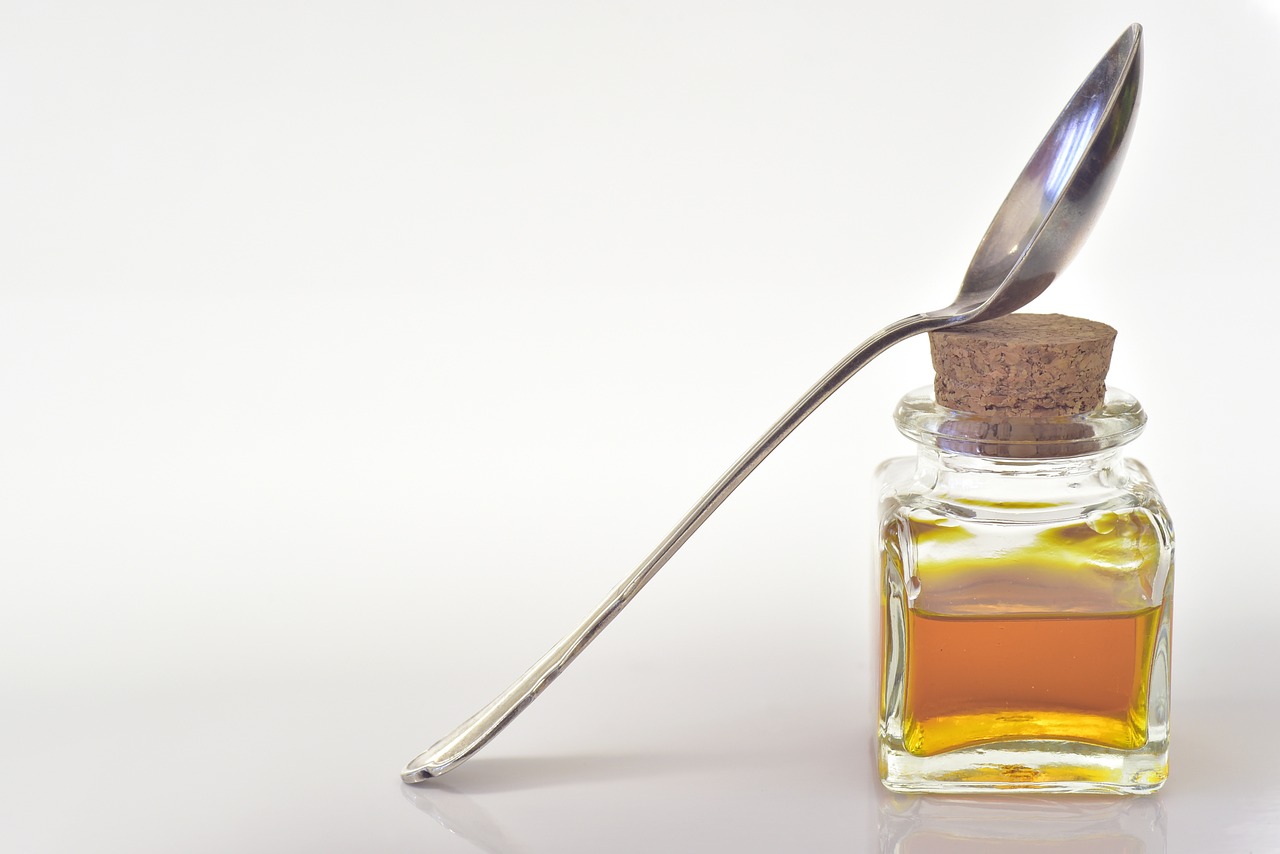Alternative Therapies for Pain Management: Acupuncture, Massage, and more
Pain management therapies encompass a wide range of approaches aimed at alleviating discomfort and improving quality of life for individuals dealing with chronic or acute pain. From prescription medications and physical therapy to alternative treatments such as acupuncture and massage therapy, the field of pain management offers diverse options tailored to individual needs. By integrating various modalities, healthcare providers strive to address pain comprehensively, taking into account both physical and emotional factors that contribute to the experience of discomfort.
In recent years, there has been a growing recognition of the importance of multidisciplinary pain management strategies that not only target pain symptoms but also address the underlying causes of pain. This integrated approach may involve a combination of medical interventions, lifestyle modifications, psychological support, and complementary therapies to optimize pain relief and enhance overall well-being. By considering the complex nature of pain and its impact on various aspects of life, healthcare professionals can work collaboratively with patients to develop personalized treatment plans that promote healing and resilience in the face of pain.
Acupuncture as a Holistic Approach
Acupuncture, originating from ancient Chinese medicine, is a holistic approach that aims to address pain by stimulating specific points on the body with thin needles. This traditional practice is based on the concept of restoring the flow of energy, or Qi, within the body to promote overall well-being and alleviate discomfort. By targeting imbalances in the body’s energy pathways, acupuncture is thought to address not only physical symptoms but also emotional and mental aspects that may contribute to pain.
The holistic nature of acupuncture is reflected in its ability to treat a wide range of conditions beyond just physical pain. Many individuals seek acupuncture therapy for relief from headaches, stress, anxiety, and even digestive issues. By considering the interconnectedness of the mind, body, and spirit, acupuncture practitioners strive to support the body’s natural healing abilities and promote harmony within the individual as a whole.
Benefits of Massage Therapy for Pain Relief
Massage therapy is a popular form of pain relief that has been utilized for centuries. The benefits of massage therapy for pain relief are numerous, as it can help to reduce muscle tension, improve flexibility, and promote relaxation. By targeting specific areas of the body, massage therapists can also increase circulation and alleviate pain caused by various conditions such as arthritis, fibromyalgia, and sports injuries.
Additionally, massage therapy can be a natural and non-invasive way to manage both acute and chronic pain. Many individuals find that regular massage sessions not only help to alleviate physical discomfort but also have positive effects on mental well-being. The calming touch of a skilled massage therapist can release endorphins, the body’s natural painkillers, leading to a sense of overall well-being and improved quality of life.
• Massage therapy can reduce muscle tension and improve flexibility
• It promotes relaxation and increases circulation in targeted areas of the body
• Alleviates pain caused by conditions such as arthritis, fibromyalgia, and sports injuries
• Natural and non-invasive way to manage both acute and chronic pain
• Regular sessions can have positive effects on mental well-being, releasing endorphins for a sense of overall well-being
What types of pain can massage therapy help with?
Massage therapy can help with a variety of pain conditions, including back pain, neck pain, headaches, muscle tension, and more.
How does massage therapy help with pain relief?
Massage therapy can help reduce muscle tension, improve blood flow, release endorphins (the body’s natural painkillers), and promote relaxation, all of which can help alleviate pain.
Is massage therapy a long-term solution for chronic pain?
While massage therapy can provide temporary relief from chronic pain, it is often used in conjunction with other pain management therapies for long-term benefits.
How often should I receive massage therapy for pain relief?
The frequency of massage therapy sessions for pain relief will vary depending on the individual and their specific pain condition. It is best to consult with a massage therapist to determine a treatment plan that works for you.
Are there any risks or side effects associated with massage therapy for pain relief?
Generally, massage therapy is a safe and effective treatment for pain relief. However, some individuals may experience temporary soreness or bruising after a deep tissue massage. It is important to communicate any concerns with your massage therapist.







